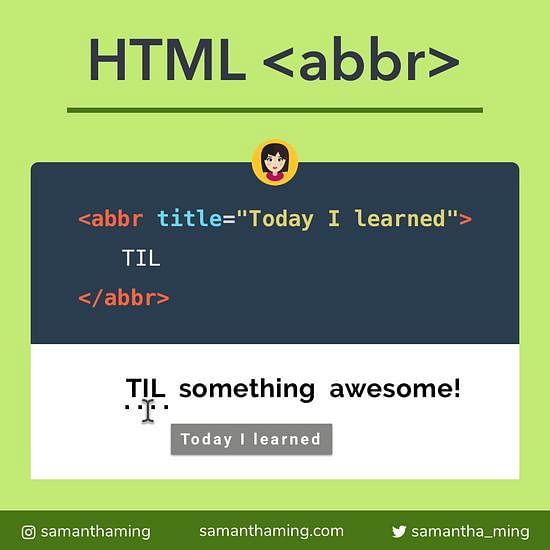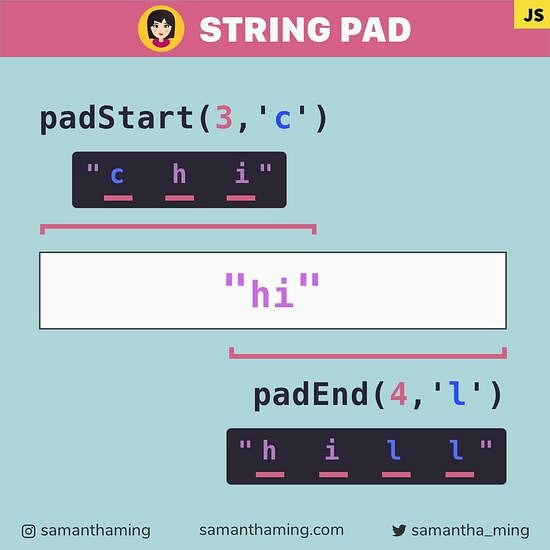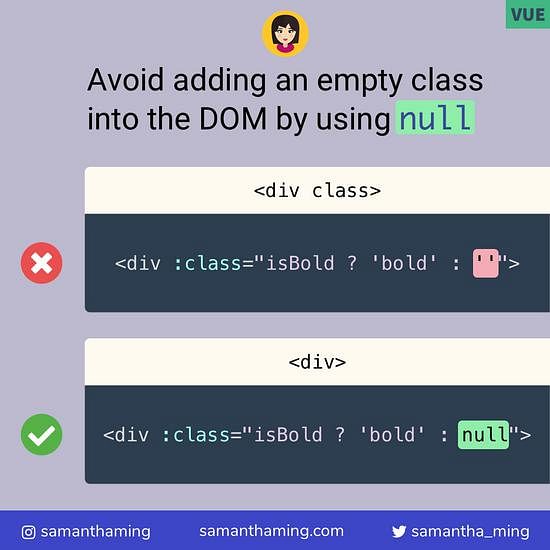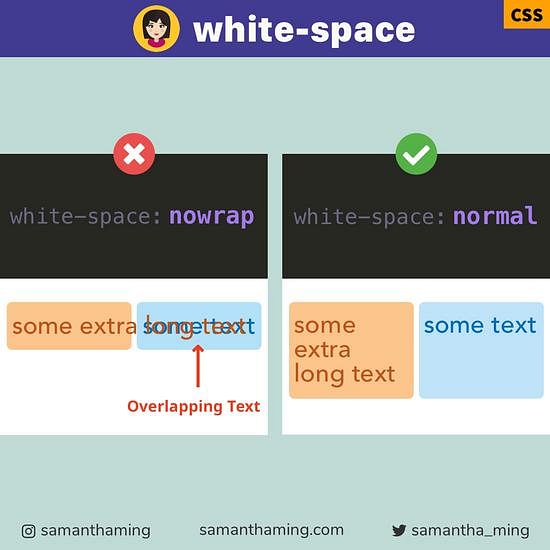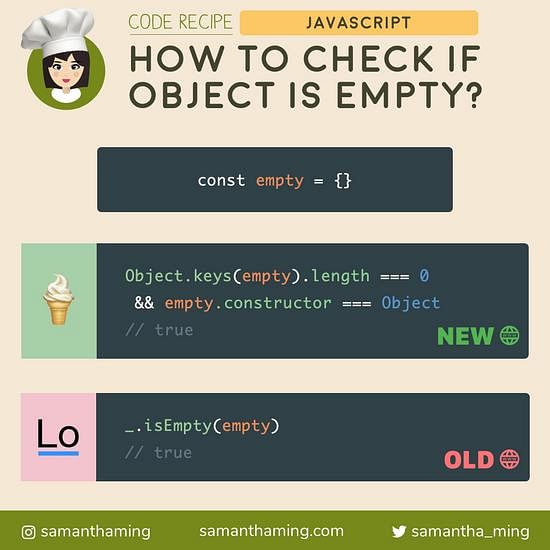# Convert Iterables to Array using Spread
Use ES6 spread (...) to easily convert Iterables into an Array! Often, iterables are limited in terms of their built-in methods. By converting it into an array, you'll have access to ALL of the amazing array methods such as filter, map, reduce! Awesome 🎉
[ ...'hi' ]; // // ['h', 'i']
[ ...new Set([1,2,3]) ]; // [1,2,3]
[ ...new Map([[1, 'one']]) ]; // [[1, 'one']]
[ ...document.querySelectorAll('div') ] // [ div, div, div]
# Built-in Iterables
In JavaScript, we have some built-in iterables that we use spread to convert them to an array:
- String
- Array
- Map
- Set
There's one more, but we won't focus on that for this post, TypedArray.
# What are Iterables?
Iterables are data structures which provide a mechanism to allow other data consumers to publicly access its elements in a sequential manner.
If you're interested in learning more about iterables, check out these awesome posts:
- Exploring JS - Iterables and iterators
- Alligator.io - Introduction to Iterables and Iterators in JavaScript
- MDN: Iteration protocols
# String → Array
const myString = 'hello';
const array = [...myString] // [ 'h', 'e', 'l', 'l', 'o' ]
We can convert the array back to a string by using join()
array.join(''); // 'hello'
# Set → Array
const mySet = new Set([1, 2, 3]);
const array = [...mySet] // [1, 2, 3]
We can convert the array back to a string by passing it into new Set
new Set(array); // Set { 1, 2, 3 }
# Map → Array
const myMap = new Map([[1, 'one'], [2, 'two']]);
const array = [...myMap] // [ [ 1, 'one' ], [ 2, 'two' ] ]
Similar to Set, we can convert the array back to a string by passing it into new Map
new Map(array); // Map { 1 => 'one', 2 => 'two' }
# NodeList → Array
const nodeList = document.querySelectorAll('div');
const array = [ ...document.querySelectorAll('div') ];
// [ div, div, div] *
*I suggest you paste the code into your browser to see the actual output
# Array.from vs Spread
Another very similar method to the Spread syntax is Array.from. In fact, we can replace our examples with this:
Array.from('hi') // // ['h', 'i']
Array.from(new Set([1,2,3])) // [1,2,3]
Array.from(new Map([[1, 'one']])) // [[1, 'one']]
Array.from(document.querySelectorAll('div')) // [ div, div, div]
# What's the difference?
The difference is in the definition
Array.from works for:
- array-like objects (objects with a length property and indexed elements)
- iterable objects
Spread only works for:
- iterable objects
So let's take a look at this array-like object:
const arrayLikeObject = {
0: 'a', // indexed element
1: 'b', // indexed element
length: 1, // length property
};
// ✅ Using Array.from
Array.from(arrayLikeObject); // [ 'a', 'b' ]
// ❌ Using Spread
[...arrayLikeObject]; // TypeError: arrayLikeObject is not iterable
# Which should I use?
Of course, it depends. If you are working with array-like objects, you have no choice but to use Array.from. But when it comes to iterables, I've always used spreads. Why? Because I'm a huge fan of the Airbnb Style guide. I wish I have a better reason, but that's all I have lol 😝 I'm guessing because it's less typing 🤔 If you know the reason, please drop it in the comment 😆
# Community Input
@nickytonline: I like using spread as well, but if you want to e.g. convert a NodeList to an array and then map over it, consider using Array.from. I discovered this summer that Array.from has a second argument which is a map callback function that is called as each item is created.
